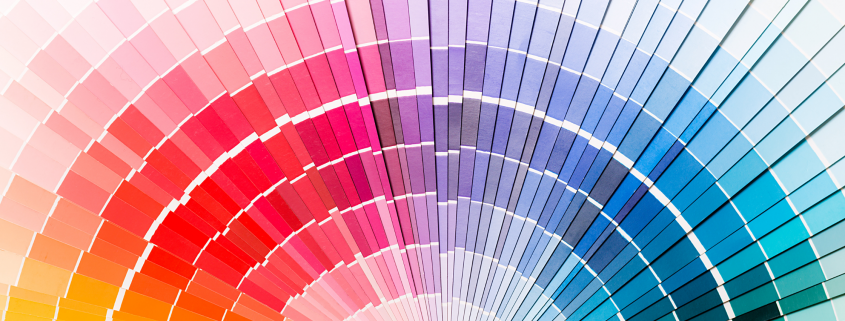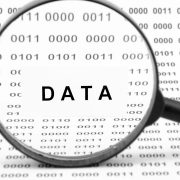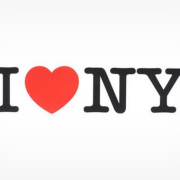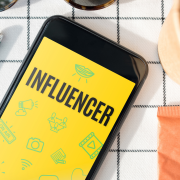The Psychology of Colors and Their Usage in Major Brands
Target® red, Tiffany® blue, and Barbie® pink are some of the many shades made famous by their corporate brands. Did you know that a brand can trademark a color? Turns out they can! A brand can legally register to trademark their brand color(s) to prevent any other similar business from stealing their signature color. As an integral part of print, packaging, and design, it’s no surprise that brand recognition and awareness revolve around color. Take Coca-Cola® for example, whose shade of red is so recognizable that most could identify it without the logo being present. The development of brand standards is much more complex than the average consumer might think. The colors and shades are chosen with purpose to evoke thoughts, feelings, and perceptions of the brand and product itself. This is called color theory, and it is an important facet of marketing.
Think of something as simple as a business card. Did you know that a person is ten times more likely to hold on to a business card that is printed in multiple colors than a card printed in a single color? Talk about capturing attention! It takes about a nanosecond for a consumer to form a judgement about a color, and in judging color, they are judging your brand as well. In fact, a study done by the Seoul International Color Expo found that 85% of consumers make a purchase based on the color of the product and packaging. Because of this, marketers choose specific colors and pairings to influence mood and product perception.
As an overarching theme, warm colors like red and yellow are flashy, energetic, and inspiring. In contrast, cool colors such as blue or purple are more calm, reserved, and subdued. Brands use color to evoke these desired feelings in their customers. Marketers design their logos to reflect the same.
Let’s take Target as an example. Red is bold and energetic, easily capturing the attention of consumers in a shopping center or even on the highway. It contrasts beautifully with white, which conveys style and elegance. These colors are perfect representations of Target’s brand and image. To customers, Target is peppy and fun, a perfect fit for the everyday bustling family. But Target has also entered the affordable luxury market, offering modern fashion lines and home décor lines designed by famous influencers. The white and red logo balances these initiatives perfectly.
Another example of excellent color usage in branding is John Deere®. Their classic shade of green is recognizable anywhere. Green signifies growth and nature, an obvious choice for the farm machinery industry. Furthermore, green also represents stability and endurance. This points to John Deere’s reliability and durability, important facets in the world of manufacturing. Just like Target, John Deere’s brand image is constantly reinforced by its use of color.
CCG created a comprehensive guide on choosing the best color for your product packaging. Check it out for an in-depth analysis of major colors and their value in branding, and talk to your CCG rep to make your brand shine with color today!
By Marley Niesz










